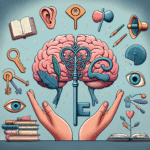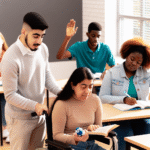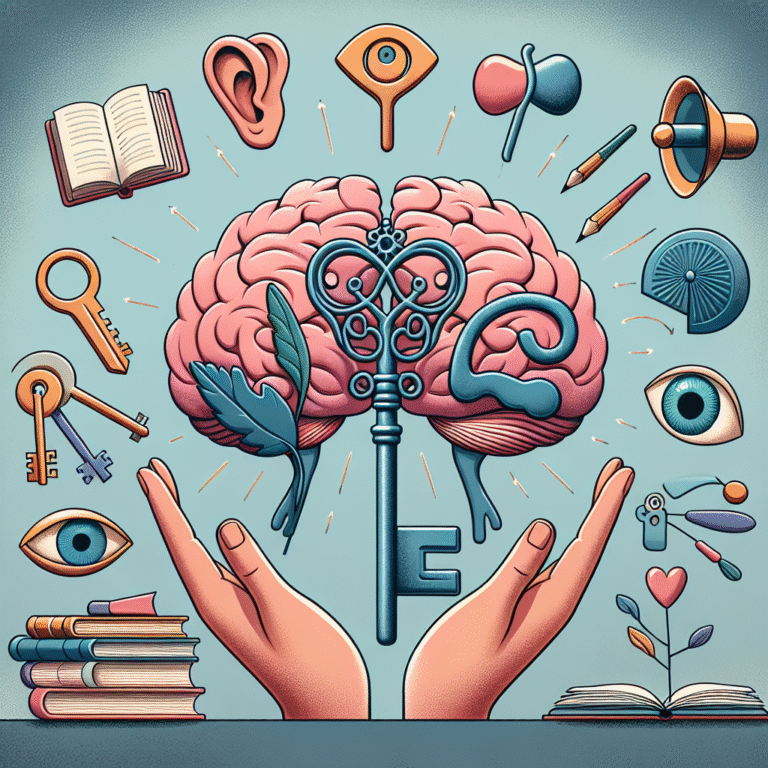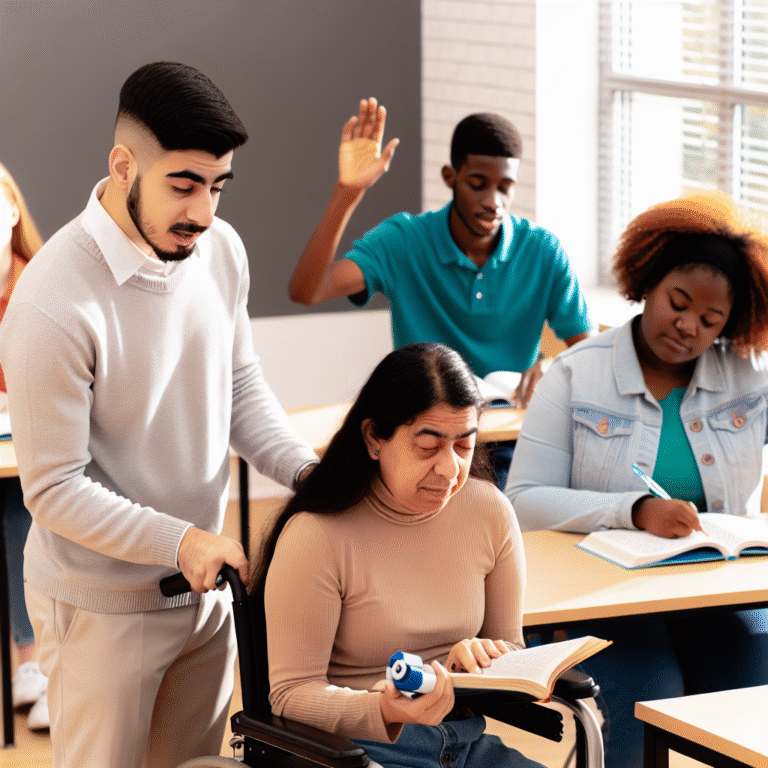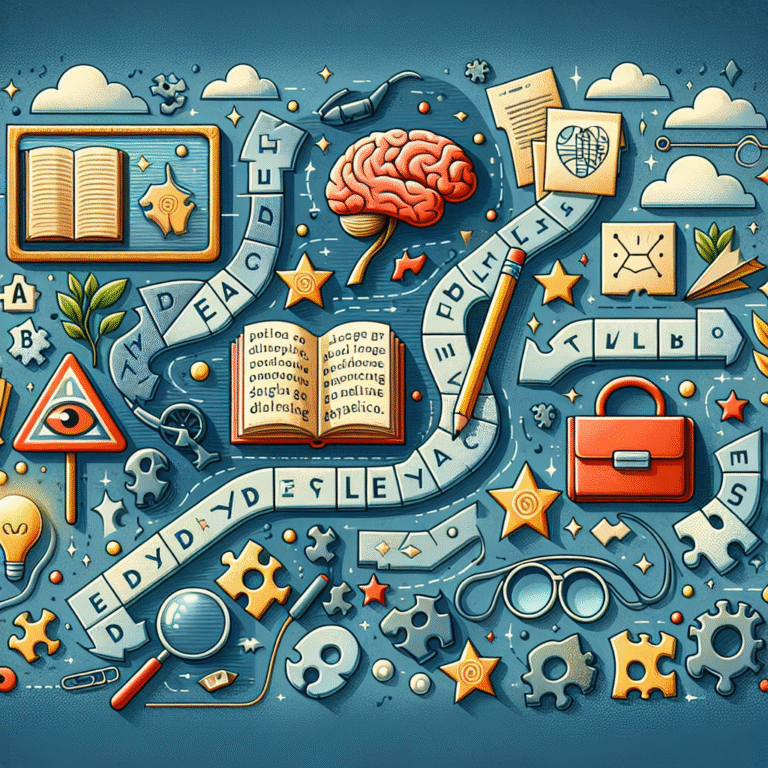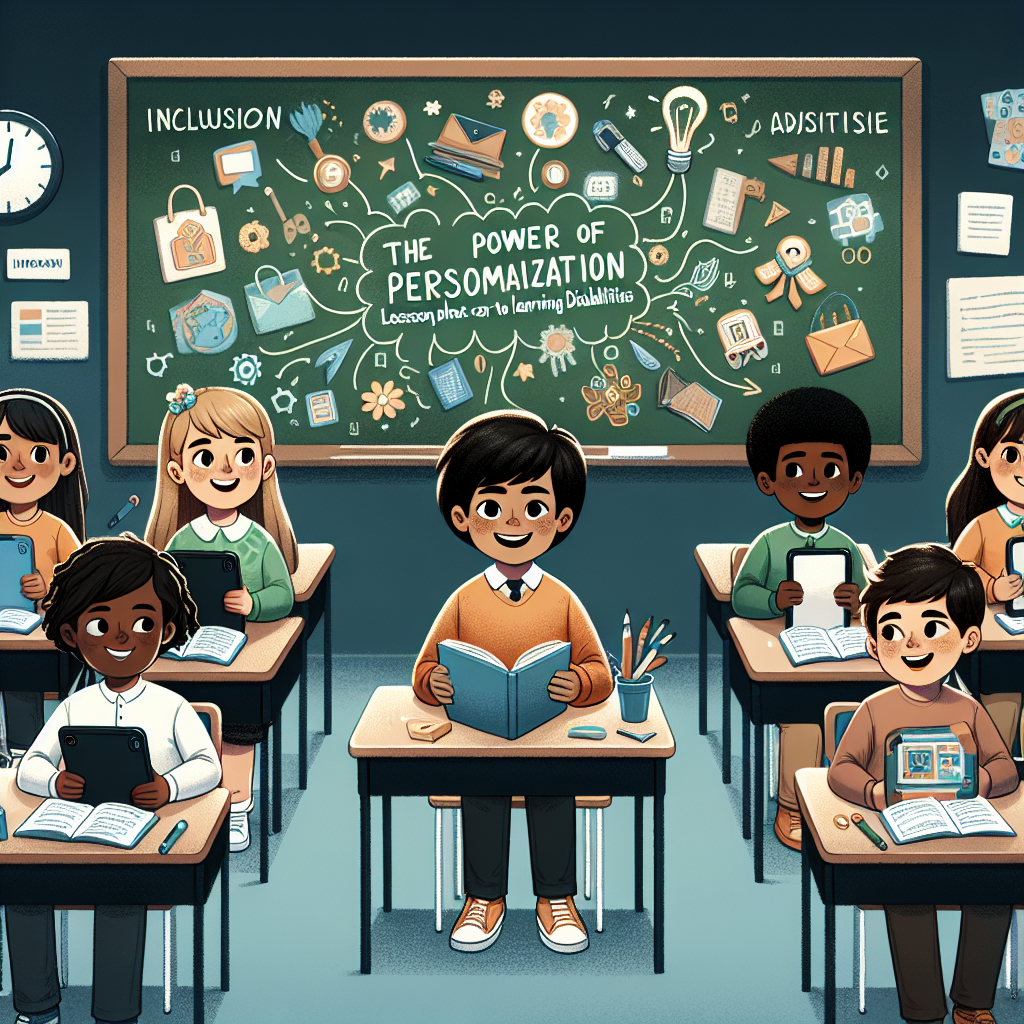
The Ultimate Power of Personalization: Lesson Plans that Cater to Learning Disabilities
Introduction
In a world brimming with diversity, it’s imperative that education recognizes and adapts to individual needs. A one-size-fits-all approach is often detrimental, particularly for students with learning disabilities. The Power of Personalization: Lesson Plans that Cater to Learning Disabilities is a conceptual revolution that empowers educators to tailor their teaching methods, creating a more inclusive and effective learning experience. This article delves deep into the various strategies, case studies, and insights neighboring the power of personalization, aiming not only to inform but also to inspire.
Understanding Learning Disabilities
Before we can appreciate The Power of Personalization: Lesson Plans that Cater to Learning Disabilities, it’s crucial to understand what learning disabilities are. These disabilities affect the brain’s ability to receive, process, or convey information. Common types include:
- Dyslexia: Challenges with reading fluency and comprehension.
- Dyscalculia: Difficulties with math and number-related concepts.
- Dysgraphia: Problems with writing and fine motor skills.
- ADHD: Attention deficit hyperactivity disorder often complicating the learning process.
Recognizing the need for personalized learning plans allows educators to meet the unique challenges posed by these conditions, enhancing student engagement and achievement.
Case Study: A Classroom in Transition
Consider a middle school in Seattle that rolled out personalized lesson plans after noticing declining literacy rates. The teachers implemented strategies like differentiated instruction, flexible grouping, and technology integration. As a result, the school witnessed a 30% increase in student engagement and reading proficiency over a single academic year. This case underscores the effectiveness of The Power of Personalization: Lesson Plans that Cater to Learning Disabilities.
The Importance of Personalization in Education
Enhancing Engagement
Engagement is key in any educational framework, especially for students with learning disabilities. Personalization allows educators to adapt the curriculum in ways that speak to the interests and aptitudes of each student.
Figures and Statistics
According to a 2020 report by the National Center for Learning Disabilities, students who received personalized educational plans reported a 25% higher engagement in school activities compared to their peers.
| Engagement Metrics | Personalized Plans | Traditional Methods |
|---|---|---|
| Increased Participation | 80% | 60% |
| Satisfaction Scores | 4.5/5 | 3.0/5 |
| Improved Academic Results | 70% | 50% |
Fostering Confidence
Students with learning disabilities often face emotional challenges due to frequent setbacks. Tailored lesson plans that recognize individual strengths foster self-esteem and confidence. When students succeed in areas catered to their strengths, it builds a positive self-image that enhances their overall learning experience.
Effective Strategies for Personalization
1. Flexible Grouping
Flexible grouping allows students to collaborate in various setups based on their abilities and interests. This approach not only fosters social skills but also allows educators to tailor instruction effectively.
Case Study: Grouping Strategies
In a New York City high school, teachers adopted a flexible grouping strategy for math classes. Students were grouped based on their understanding of the subject rather than age or grade. This resulted in a 40% improvement in overall class performance, showcasing The Power of Personalization: Lesson Plans that Cater to Learning Disabilities.
2. Use of Technology
The integration of technology in lesson planning can provide myriad personalized learning opportunities. Tools like educational apps and software can help students pace their learning according to their needs.
Table: Popular Educational Technologies
| Tool | Features | Best For |
|---|---|---|
| Read&Write | Text-to-speech, word prediction | Dyslexia |
| ModMath | Virtual graph paper | Dyscalculia |
| Ghotit | Spell check for dyslexia | Dyslexia |
3. A Multisensory Approach
Multisensory teaching combines visual, auditory, and kinesthetic learning styles to enhance understanding and retention. For instance, when teaching math, educators can use physical objects (kinesthetic), visual aids (visual), and verbal instructions (auditory) to cater to various learning needs.
Implementation of Personalized Lesson Plans
Designing Personalized Learning Goals
When designing personalized lesson plans, educators should consider learners’ strengths, challenges, and interests. Specific, measurable, achievable, relevant, and time-bound (SMART) goals can drive success.
Example of SMART Goals
- Specific: Improve reading comprehension scores by utilizing tailored reading strategies.
- Measurable: 80% of students will demonstrate a 20% improvement in scores.
- Achievable: By implementing daily personalized reading sessions.
- Relevant: Aligning with state literacy standards.
- Time-bound: Within a six-month period.
Continuous Assessment
Monitoring progress through regular assessments lets educators adapt lesson plans as needed. This dynamic approach ensures that the plans remain relevant and effective throughout the learning journey.
Relevant Note
Educators should also consider cultural diversity when personalizing plans. Inclusivity involves recognizing students’ backgrounds, ensuring that their experiences inform the teaching process.
Challenges in Personalization
Resource Allocation
Implementing personalized plans often requires more resources, including time, training, and technology. Schools may struggle to find these resources, leading to uneven implementation.
Teacher Training
Teachers must be adequately trained to utilize personalization strategies. Professional development opportunities should be tailored to equip them with the skills needed to execute The Power of Personalization: Lesson Plans that Cater to Learning Disabilities effectively.
The Future of Personalized Education
The landscape of education is evolving, with increasing recognition of the need for personalized approaches. As research and technology advance, educators will have more tools at their disposal to cater to diverse learners.
The Role of AI and Analytics
Artificial intelligence can play a significant role in personalizing education. For instance, AI-driven analytics can evaluate student performance in real time, predicting areas where students may struggle and suggesting tailored interventions.
Conclusion
The Power of Personalization: Lesson Plans that Cater to Learning Disabilities serves as a beacon for educators striving to create inclusive learning environments. By embracing techniques that adapt to individual needs, teachers can not only enhance academic outcomes but also inspire confidence and creativity among their students.
Incorporating personalization may present challenges, but the potential rewards far outweigh them. The journey toward personalized education is one of resilience, innovation, and most importantly, progress. Together, let us reshape the educational landscape for future generations.
FAQs
1. What are personalized lesson plans?
Personalized lesson plans are tailored educational strategies that consider individual students’ strengths, challenges, and interests to enhance the learning experience.
2. How can I create a personalized plan for students with learning disabilities?
Focus on understanding each student’s unique needs, set SMART goals, and utilize inclusive strategies like flexible grouping and technology integration.
3. Are personalized lesson plans effective?
Yes, studies have shown that personalized lesson plans significantly improve student engagement, performance, and self-confidence.
4. What tools can help in personalizing education?
Several tools like Read&Write, ModMath, and Ghotit are highly effective for students with learning disabilities.
5. What challenges might educators face when personalizing lessons?
Challenges include resource constraints, adequate teacher training, and varying levels of student engagement.
6. How does technology enhance personalization in education?
Technology provides tailored learning opportunities, allowing educators to adapt content and pace according to individual student needs.
By understanding and implementing The Power of Personalization: Lesson Plans that Cater to Learning Disabilities, we pave the way for more effective, inclusive, and engaging educational experiences, ensuring that every learner can thrive.
